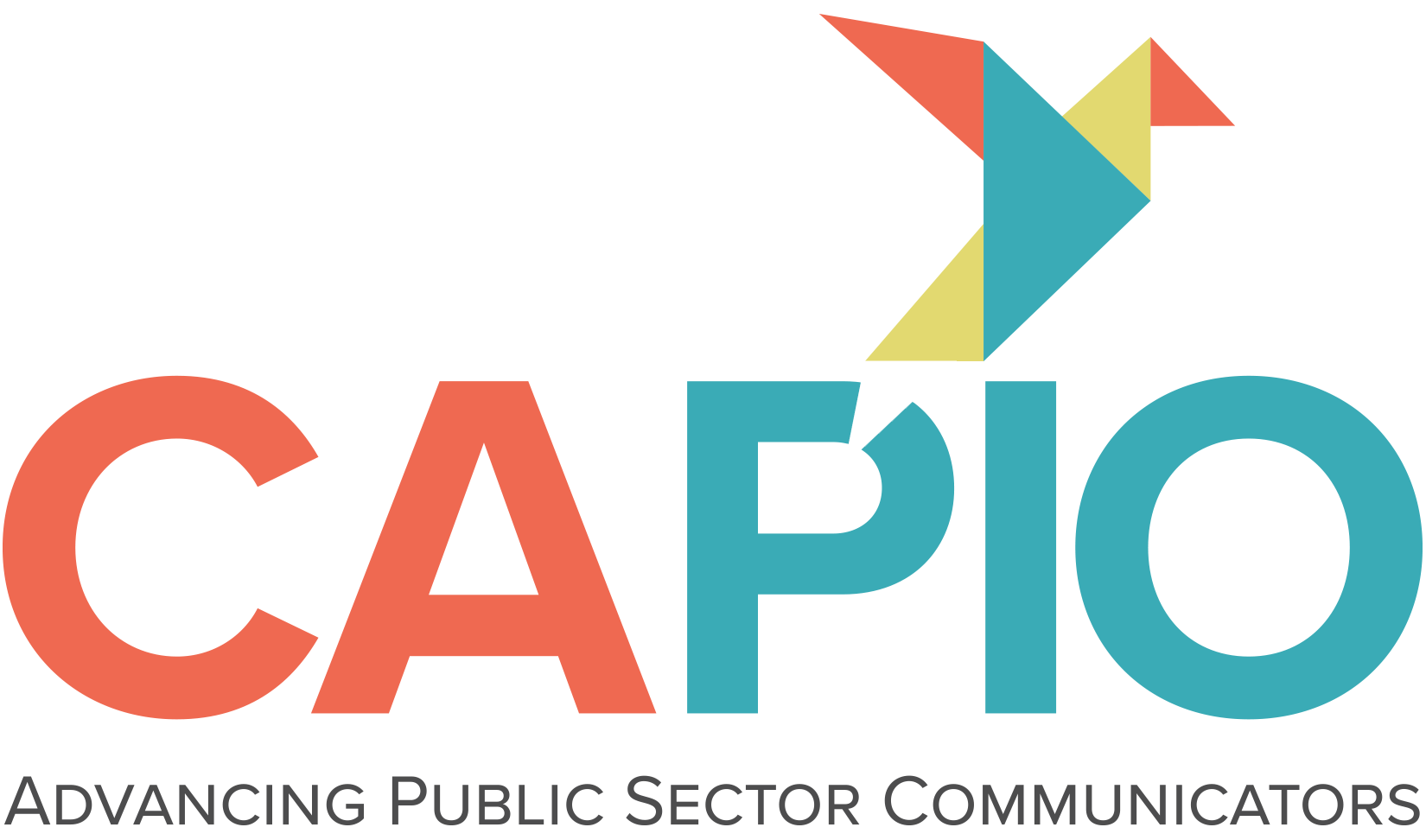Creating an incident-specific outreach plan, even during a pandemic
In the wise words of Warren Buffet, “It takes 20 years to build a reputation and five minutes to ruin it.”
As we face the long-haul outreach strategies this COVID-19 pandemic demands, our communities are relying on the information we share. Public health, safety and lifestyles are at stake. Now is not that time to throw strategic communications planning out the window.
In the frantic information pace we are currently experiencing, it is easy to become consumed with a never-ending to-do list and bogged down juggling multiple deadlines. Knowing we are likely going to be in crisis and recovery mode for a while, establishing an incident-specific outreach project plan can help keep your eye on the big picture.
What is an incident-specific outreach project plan?
Not to be confused with your agency’s larger crisis communications plan or standard operating emergency procedures that should be in place well before a crisis, developing an outreach project plan during an incident is one tool to keep your efforts organized.
An incident-specific outreach project plan is similar to a campaign or marketing plan that you would normally create in advance of a project launch. The plan prioritizes goals, identifies audiences, tracks key messages, recommends communications strategies and tactics, and measures whether or not the effort is generating your desired results and actions. It becomes a fluid document, updated as an incident evolves to keep team members focused.
Ultimately, a project plan helps keep you on message and on brand while establishing structure, strategy and rhythm to your communications efforts.
Sample: Western Municipal Water District’s COVID-19 Outreach Plan with supporting COVID-19 Social Media Plan
Steps to develop your plan
- Pause and reflect on strategies, tactics, tools and key messages already in place.
- Start planning to make your existing work sustainable and strategic.
- Define outreach goals, objectives, and target audiences.
- Develop or refine your agency’s incident key messages.
- Identify strategies and tactics your agency needs to stop, start and continue.
- Establish a timeline and assign team responsibilities.
- Evaluate results weekly (or at an interval appropriate for the incident).
- Adjust strategies based on results.
Rather than a paint-by-numbers approach, these steps should only serve as inspiration. What works for a water agency will be different than what works for public health agencies, cities, counties, etc. Your incident-specific outreach plan should capitalize on your agency’s big picture messaging goals while meeting the specific information demands of your unique communities.
Collectively, we are being tested like never before–let’s plan and show the value of communications like never before.

